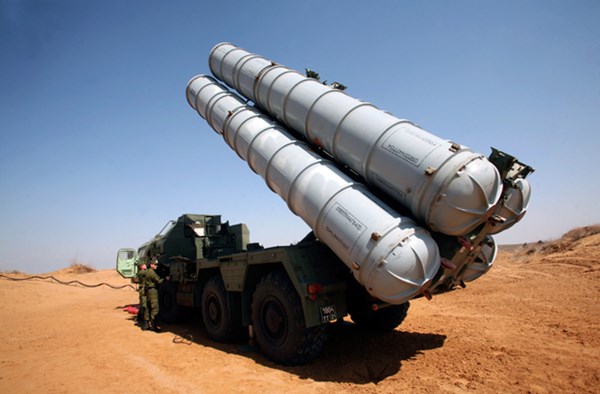Why Russia’s S-300 air defense systems are not protecting Syria against Israeli airstrikes: Thoughts and theories
As early as 2018, Russia transferred S-300 anti-air missile systems to Syria to strengthen the country’s aerial defense. However, to this day, Syria is being subjected to attacks by Israeli aircraft, but there have been no reports of the Israeli Air Force losing any planes during its raids against Damascus.
There was another incident with the Syrian anti-air defense on February 6. Four Israeli F-16 fighters attacked the outskirts of Damascus without entering Syrian airspace. Syria’s aerial defense fired missiles in response, and nearly shot down an Airbus A-320 airliner flying the Tehran-Damascus route (172 people on board) as it approached to land at the Damascus airport. It was only thanks to the air traffic controllers, who redirected the aircraft to an auxiliary airport, that a catastrophe was averted.
The Israeli Air Force regularly attacks Syria. But what about the Russian S-300s?
The question inevitably arises of why Russia sent the anti-air systems to Syria in the first place if Israeli aircraft can still attack Damascus and Iranian troops in Syria, and the effective aerial defense systems are silent? We provide some thoughts and theories on the matter below.
There are different theories on the fate of the Russian S-300s in Syria. The Australian expert Richard Frank claims that the Israeli military has learned to bypass the Russian anti-air systems. Russian experts, on the other hand, reject such assertions as a western attempt to belittle the effectiveness of Russian weaponry.
It is worth noting that Israeli aircraft avoid entering Syrian airspace, and attack Syrian territory from Lebanese airspace, for example. This is why Damascus’s hands are tied. If Syria’s anti-air systems were to shoot down an Israeli aircraft in Lebanese airspace, Damascus could be portrayed as the aggressor, which it certainly doesn’t need amid the current political situation.
Topological and geographical factors also play a part. Israeli aircraft normally attack targets in Syria from the Beqaa Valley, which is protected by mountains on all sides. They literally appear unexpectedly from behind the mountain ranges and disappear in the blink of an eye after unleashing their attacks. It has been commented that the IDF’s pilots are “already back at base drinking coffee while the Syrian anti-air crews are looking for a target in the sky”.
Another theory that has been circulated in the media is that the Syrian soldiers are inadequately qualified to operate and maintain systems as complex as the S-300. However, Damascus has had ample time since the systems arrived to give its troops the necessary training.
A more interesting theory is that the S-300s were poorly deployed in mountainous terrain, which significantly impedes their effective operation. As a result of the poor deployment, Israeli electronic warfare aircraft have been able to come close to the systems and create interference to protect the attack aircraft.
It is thus possible that the S-300s are simply not being used against the Israeli aircraft which attack targets in Syria from Lebanese airspace. If so, the effectiveness or ineffectiveness of the Russian anti-air systems cannot accurately be assessed. This is compounded by the fact that, in addition to the military and technological factors, there is a political factor at work. Russia claims to have
special relations with Syria and with Israel, and maintains active military communication channels with them both.
